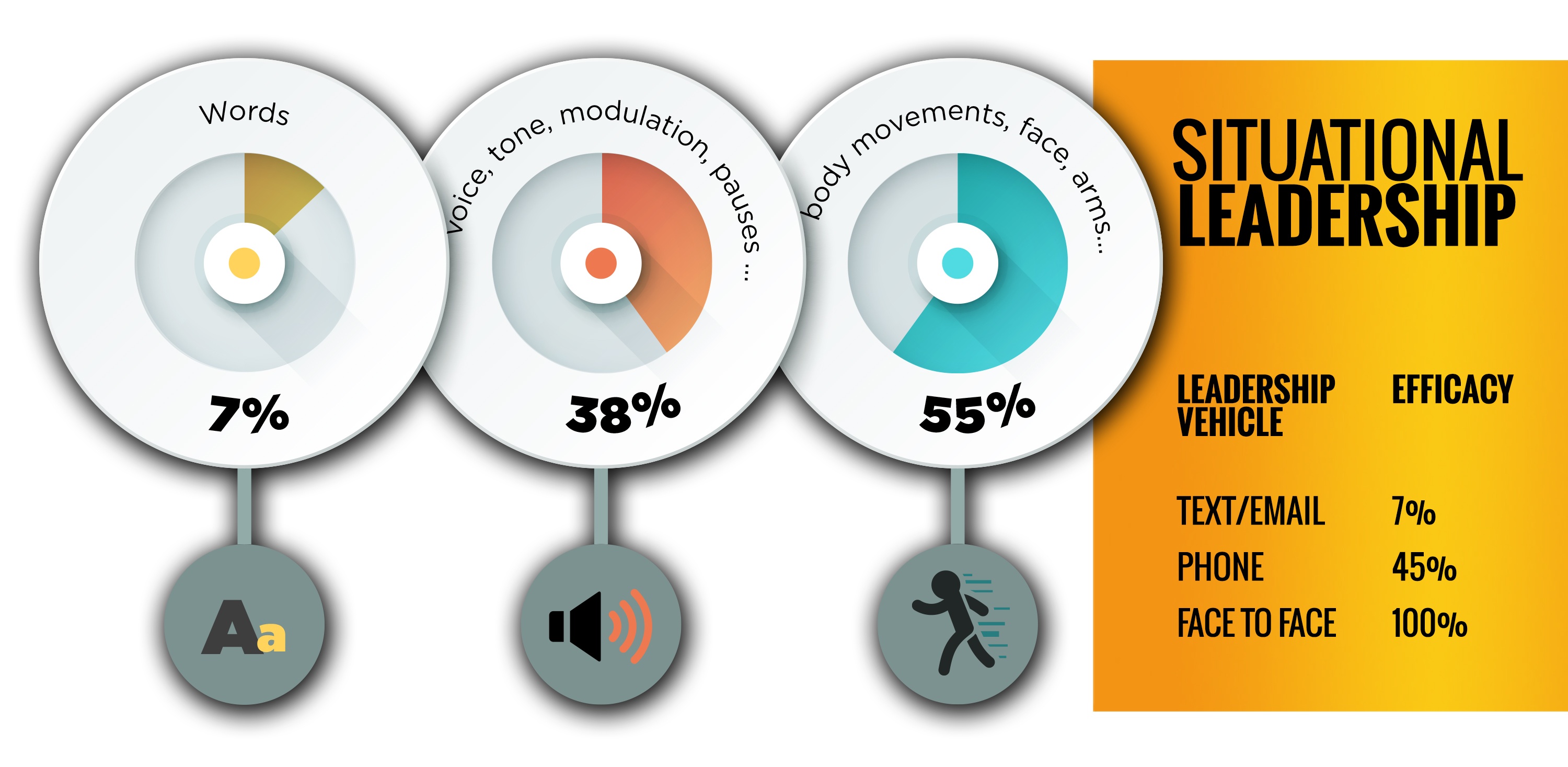Why You Should Turn Followers into Leaders in Your Organization

The following is adapted from It’s Never Just Business.
What does leadership mean to you? To me, it’s about creating a culture of listeners, collaborators, challengers, and decision makers. Leadership is about enabling your team to self-actualize by giving them a voice and engaging their creativity.
Great leaders are the proverbial sounding board. By creating a culture of leaders, team members can provide the same support to each other and their leadership.
Encouraging everyone on the team to be a leader is good for the team, and it opens the door to let others’ expertise show the leader where growth and change can occur.
I recommend that you invite your team on this leadership journey with you. In this article, we’ll explore reasons to turn followers in your organization into leaders.
Leaders Need Leadership Too
If leadership is so great for self-actualizing everyone on the team, what about the leaders themselves? How can they participate and benefit?
When you share your opinion with the team, you can benefit from the same leadership support you give them. Wouldn’t it be great if they actively listened and challenged your assumptions to ensure we have a 360-degree view of the situation?
Ironically, I am painting a picture of a leader that sounds more like a follower, and that’s the point. If you want a high-performing team, there will be a time when each member needs to be a great follower and each member needs to be a great leader. I like to point out in public when someone on my team has shown me great leadership.
Recently, I was in a finance meeting with my controller, Christeen, and the rest of my leadership team. I committed to completing a task and Christeen asked me when I planned to complete it. Her question prompted me to put a placeholder on my calendar to complete my commitment the following week.
In that simple question, Christeen helped me be more organized and better prepared to be accountable to my commitment. I acknowledged to everyone in the meeting that in that simple question Christeen showed me great leadership, and I thanked her.
Take Off Your Decider Hat
With a team of listeners, collaborators, challengers, and decision makers in place, I can take off my decider hat and wear the “challenge appropriately” hat.
Frankly, this is so much easier than coming up with all of the answers all of the time.
When you have several talented people willing to get vulnerable and really tear the issue down until it’s naked, you get better results. Instead of being the guy calling all the shots or being “the boss,” I get to ask “why? what if? have you considered?” To avoid “follow the leader,” I share my ideas after my problem solvers attack the problem.
I can come to meetings and tell a story about a problem, and we go through what we know, separating the facts from the assumptions. Then I ask the team to come up with solutions. Ultimately, as they offer ideas, I help them create momentum.
Aim to Lead Problem Solvers
The next time someone asks what you think they should do, stop yourself from immediately providing a solution. Instead, ask, “If I weren’t here, what would you do?” or “Come back when you’ve made a decision and we can talk about it.”
These days, I just laugh and say, “You know I’m not going to tell you what to do, right?”
Instead of answering their question, solicit solutions from them by:
- Having them explain the situation and the outcome they desire.
- Having them separate the facts from their assumptions about the situation.
- Ask them what they would do if they didn’t have to worry about failure.
Then practice active listening until they have committed to an action and a completion date. Always get “what” by “when” or you don’t have a commitment.
If you were historically the decider, there is a possibility that you have some folks on your team that don’t have the desire or aptitude to come up with their own solutions.
The exercise of relinquishing your decider hat will empower those with the attitude and aptitude to lead, engage, build, and grow, and show you who on your team doesn’t.
Treat those that don’t with kindness and empathy while helping them find a new home.
If you allow them to stay on your team, high performance is not achievable. You and the others will end up carrying them, and that will lead to resentment. The best thing to do is to help them find a home where they can thrive, inside or outside of your company.
For more advice on turning followers into leaders within your organization, you can find It’s Never Just Business on Amazon.



